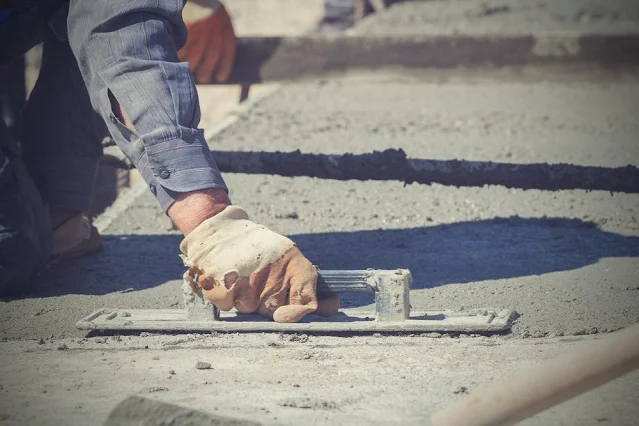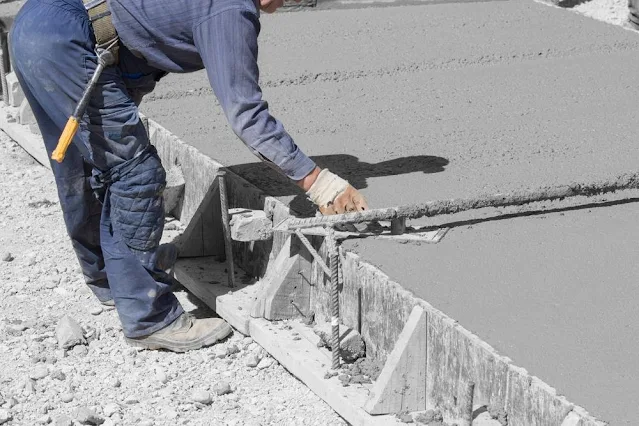Concrete is the most popular and commonly used material for construction in both residential and commercial areas. The material is durable and lasts for thousands of years. One can track the first concrete back to 500 B.C. In those days, concrete was unrefined and made by pulverizing limestone or gypsum. Gradually, when sand and water were mixed in the commercial concrete, it changed to the mortar that was used to bind stones together and looked like plaster.
Over the years, these products have evolved and got more refined and what we see today are superior material in terms of aesthetics and functionality. The commercial concrete today is an aggregate and paste mixture of sand and crushed stone. The most common cement type you will find today is Portland cement. Its basic components are made of mortar, stucco, and non-specialty grout.
With the addition of water, the cement becomes hard like a rock due to hydration. As the process of hardening goes on, the concrete materials get even stronger and harder with age. The average strength of commercial concrete is about 3,000 pounds per spare inch. Today, there is huge demand and use of concrete in the industry that offers employment to millions of people. Every year, tons and tons of masonry cement are made across the world for commercial concrete contractors.
When different brands of commercial cement were analysed for their composition and properties, it was found that hard and translucent product is a mix of alumina-lime-silica glass and phosphoric acid. There are small amounts of magnesium and strontium oxides present at times. Thus, commercial cement consists of glass particles that are merged by reaction products. The setting time of the cement relies on the extent of the phosphoric acid, and it is seen that about 70 % of concentrated acid offers a faster setting time. Stronger blocks of cement are known to carry more crystallites as compared to weaker cement, and thus crystallization holds the key for better cement.
A fractographic analysis is used to study the different fracture regions during the cement formulation. Thus, it is essential to know and understand the variety of fracture behaviours in commercial cements. A lot relies on the molecular weight and the effect of powder sterilisation. The fracture and fatigue strength of the commercial cement demonstrate their durability. When the leading commercial types of cement were tested for their tensile properties, they were ranked for their fatigue life. The fractographic analysis showed different fracture behaviours for the different quality of cement, and some cements performed better than others.
The use of sewage sludge ashes for the construction of commercial cement is common. These sludge ashes may be used directly or indirectly. New berryite is known to be popularly used for rapid-setting commercial cements but in small quantities. The percentage of powder is increased in commercial cement to lower the level of shrinkage that could take place during the polymerisation. Commercial cements are a mixture of crushed clinker with different mineral admixtures.
There are certain procedures and guidelines set by the Occupational Safety and Health Administration (OSHA) for safety during the manufacturing of commercial cement. The motive is to create effective products that are needed for the fast-acting repair work required in industrial and other commercial applications. Concrete contractors always look for quality material to work with to ensure better solutions and handle complex repairs and other projects with confidence.
Commercial concrete has become a priceless part of the world today. Thus, it is essential for both manufactures and users of commercial concrete construction to understand the material and its properties.


